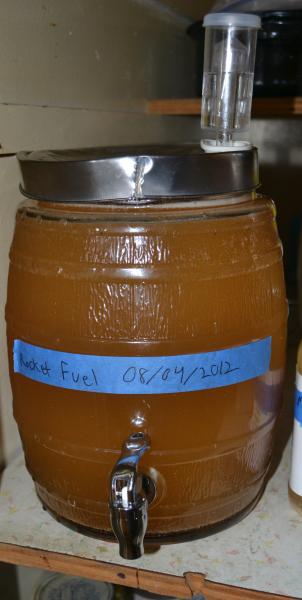rawkstar320
Well-Known Member
- Joined
- Aug 30, 2012
- Messages
- 133
- Reaction score
- 8
ReaderRabbit said:I'm usually a 3-gallon small batch brewer but since I had some extra space and I seemed to have plenty of yeast from my first attempt at yeast watching, I decided to test out a 1-gallon recipe. I was amazed at how fast the wort cooled. It actually threw my routine off, I had to let the cooled wort sit while I finished sanitizing the carboy.
Wow, I need to save up more ice....




